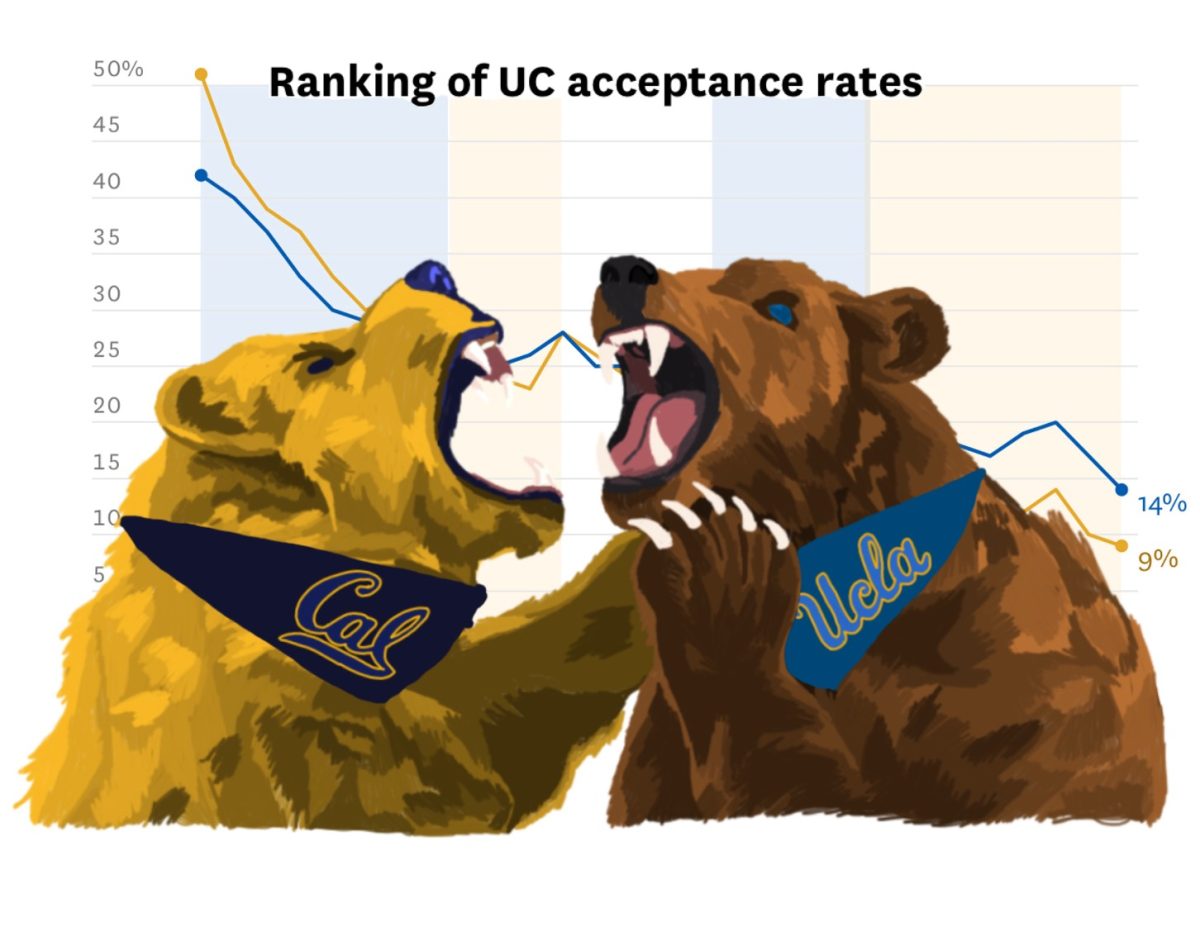Twenty-four billion dollars worth of goods were expected to be consumed on Valentine’s Day in the U.S. alone last year on gifted items, upscale restaurants, and other experiences. This is massively different from the historical celebrations of Valentine’s Day. Originating from the execution of a priest called Valentinus, Valentine’sDay is now known for chocolates, red roses, and love notes. If Valentine’s Day is supposedly a celebration of love and admiration, why do we spend so much money on February 14th? These holiday spenders buy jewelry, flowers, chocolates, and other elaborate items for their families and loved ones. Buying your significant other some form of love related gift has become a normalized expectation for this holiday, but does it really reflect the purpose of Valentine’s Day?
Valentine’s Day should be about love, kindness, and the celebration of meaningful relationships in people’s lives. I miss the kindergarten version of it: making cardboard box containers and giving everyone paper hearts with fragmented sentences adorning them. We were taught to love and cherish our annoying classmates, and we enjoyed this without spending money on jewelry or fancy dinners. While some may argue that Valentine’s Day already reflects these sentimental values, I disagree.
As a country and a society, we are spending and consuming far more than we have ever before. This also means that we have arguably become wasteful with the products we are using, receiving, and buying. The more gifts people can expect to receive, the less important and special they will become. This new practice of overconsumption is reflected in Valentine’s Day, where American consumers spend excessive amounts of money on Valentine’s based purchases. $24 billion could be spent more meaningfully in other places. According to the National Retail Federation, the U.S. is expected to spend upwards of $1 billion on Valentine’s Day greeting cards. While I enjoy receiving flowers, gifts, and chocolates as much as the next teenage girl, I don’t think all that money can really translate into love. By making Valentine’s Day such a huge money sponge, pressure can be put on relationships, which is the opposite of the appreciation and happiness that should be felt on this special day. The over-the-top gift giving side of Valentine’s Day takes away from the pureness of the tradition, and I hate what it’s become.
This money spending might look beneficial and cute for couples participating, but the real recipients of these gifts are the companies profiting off of the products and experiences.
Valentine’s Day is not for couples, but rather for the industries and companies that produce items for this holiday. Valentine’s Day isn’t about love anymore; it’s become a corporate money-maker, and another excuse for companies to send consumers into a shopping frenzy. Because of high expectations for Valentine’s Day gifts, my handmade construction paper hearts no longer have value. I love hating Valentine’s Day.





































